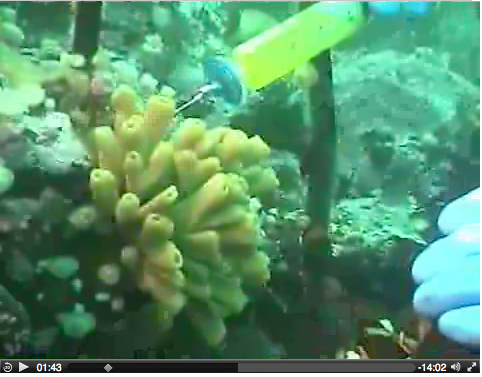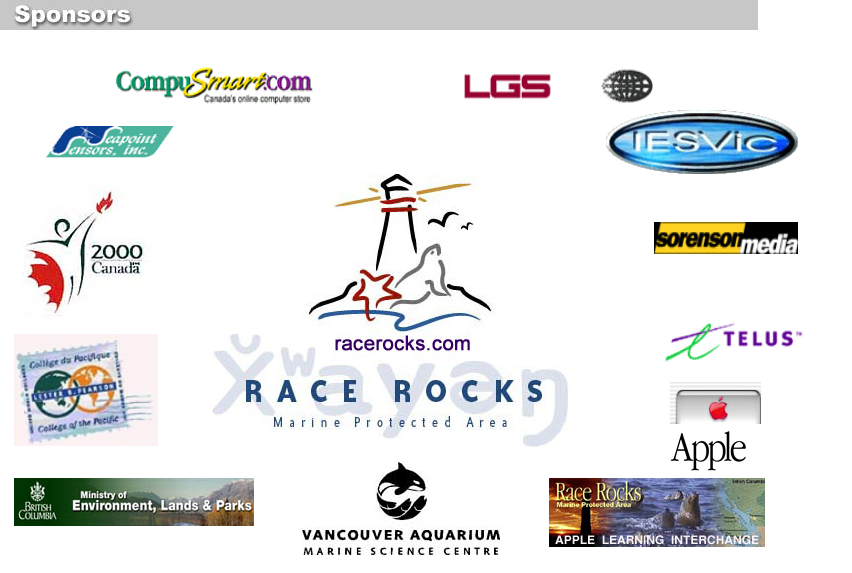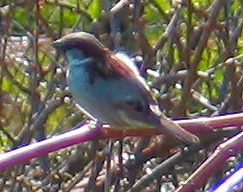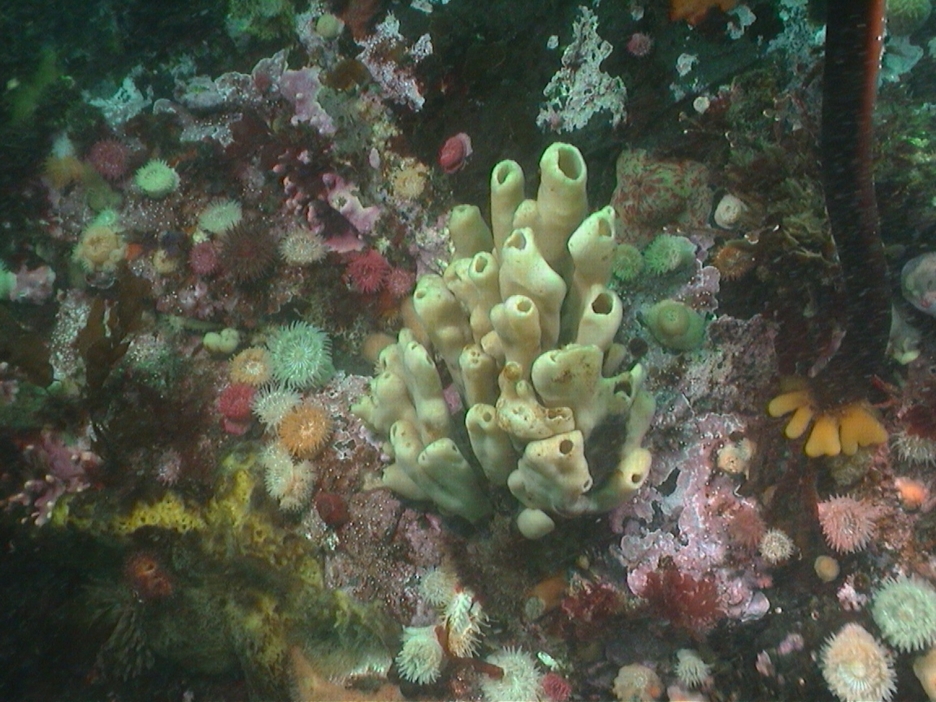
This image, taken by Russel Wyeth,assistant to Dr. Gitai Yahel off the docks at Race Rocks, shows the intricate associations of other invertebrates sharing the same habitat.
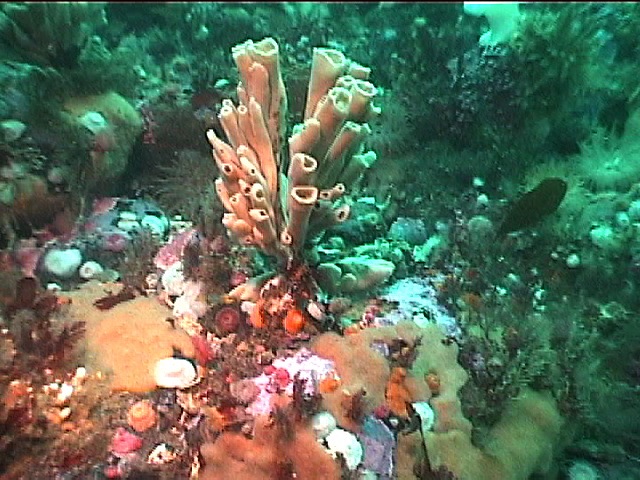
Juan Carlos took these images while doing a video of the path for the tidal generator cable.
The biodiversity in locations which receive heavy current is considerable. Depth 12 meters.
Kingdom: Animalia Phylum: Porifera Class: Demospongiae Order: Poecilosclerida Suborder: Mycalina Family: Isodictyidae Genus: Isodictya Bowerbank, 1864 Species: rigida ( Lambe, 1893)
|
This file is provided as part of a collaborative effort by the students, faculty,volunteers,staff and researchers of Lester B. Pearson College
|
Date: 2005 | Dr. Gitai Yahel |


